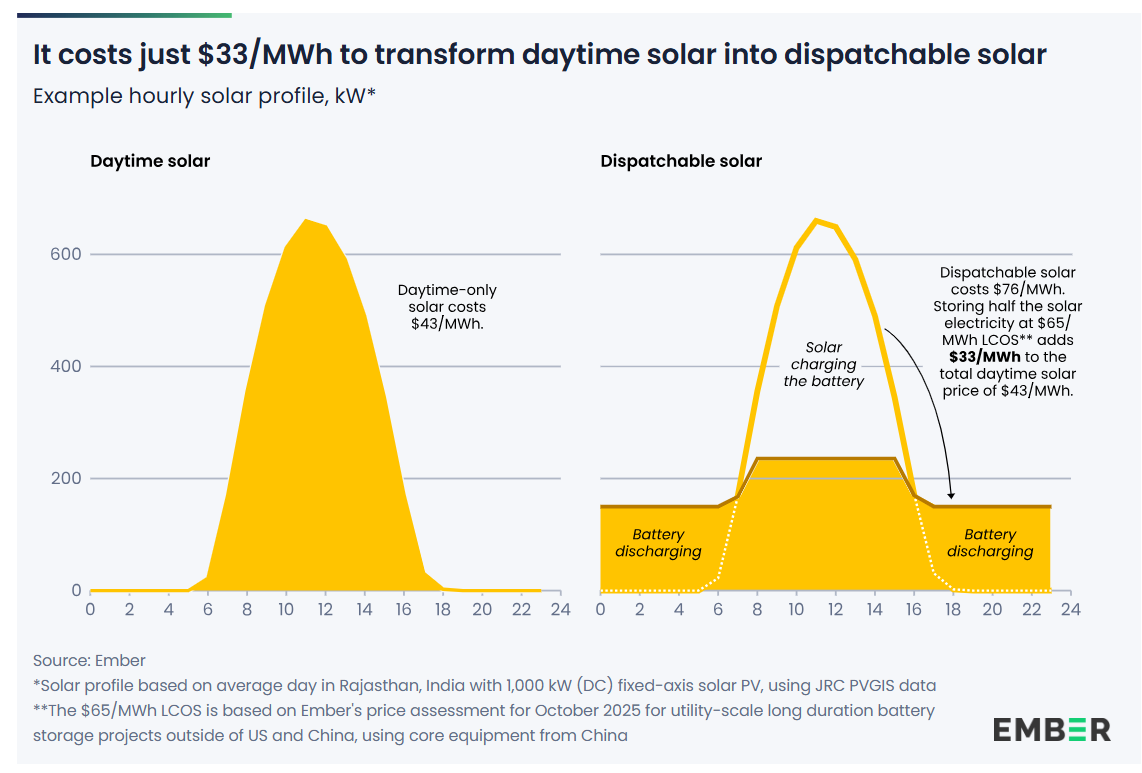World Energy Outlook: Solar Power Will Be ‘the New King’ by 2030: Renewables, led by solar power, will become the dominant source of the world’s electricity by 2030, according to a just-released analysis by the International Energy Agency. The IEA’s World Energy Outlook 2020 report says solar is now cheaper than coal and, along with wind, will make up 80% of the electric energy market by the end of the decade, effectively shoving coal off the global energy grid. Source: IEA
PEM fuel cell maker Advent Technologies. has agreed to go public through a reverse merger with a SPAC. The deal with AMCI Acquisition. values Advent Technologies at roughly $358 million, including debt, the companies said in a statement Tuesday, confirming an earlier report by Bloomberg News. Advent Technologies makes fuel cells and components that convert hydrogen and other renewable fuels into electricity, according to its website. The technology provides power for the automobile, aviation and power-generation markets. Source: Bloomberg
DOE is providing $160 million to two U.S. companies building smaller advanced nuclear reactors that can be operational this decade. The DOE is awarding an initial round of funding through its first-of-a-kind Advanced Reactor Demonstration Program to TerraPower and GE Hitachi for its Natrium project, along with X-energy. Each recipient will receive $80 million as part of cost-share agreements between the government and industry. Source: DOE
Construction of new community solar facilities in Pennsylvania would generate $1.8 billion in economic impact, create over $793 million in labor income, and support over 11,000 jobs in various sectors across the state. The study, conducted by the Penn State College of Agricultural Sciences’ Center for Economic and Community Development, analyzed 235 planned community solar projects across 48 counties which can move ahead if community solar legislation passes the General Assembly.
A big part of $612 million intended to provide battery backup to homes in high fire-threat areas has been used up by customers who use electricity to pump well water instead of helping the low-income and medically vulnerable residents it was meant for, according to the California PUC. The CPUC approved $830 million for its Self-Generation Incentive Program in January, with $612 million dedicated to ‘equity’ and ‘equity resiliency’ subsidies to aid residents who face repeated public safety power shutoffs by utilities to prevent wildfires. But, the commission did not include income criteria for the well-pump grants, nor did it prevent customers from applying for funds for their vacation homes. Source: RTO Insider
A new study from Self Financial has analyzed hundreds of datapoints to find out the true running costs of EVs compared to gas vehicles, at a state-by-state analysis. The most popular electric and gas vehicles in the states were compared to find the annual running cost, including gas, tax, insurance, maintenance, whilst accounting for state-specific incentives. Electric vehicles cost $634 less to run per year than ICE A new study, by Self Financial, investigates the average running costs of electric and gas vehicles in each state. Full data here in an interactive map: https://www.self.inc/info/electric-cars-vs-gas-cars-cost/
This content is protected by copyright and may not be reused. If you want to cooperate with us and would like to reuse some of our content, please contact: editors@pv-magazine.com.








At least it has a decent fuel. But the big thing is cost, weight of the whole system, cost and life.
Since all these are high cost or bad life life, it’s still a deal breaker.
Though there is a market for HC base 1-5kw CHP unit supplying power and heat from a green made HC if can be made for $2k to $8k and lasts a decade. A 5kw unit would heat a 3000sq’ business.
Plus producing power when needed most to the grid, winter to compliment solar.
Of course a piston engine will do the same thing so the FC version needs to compete.